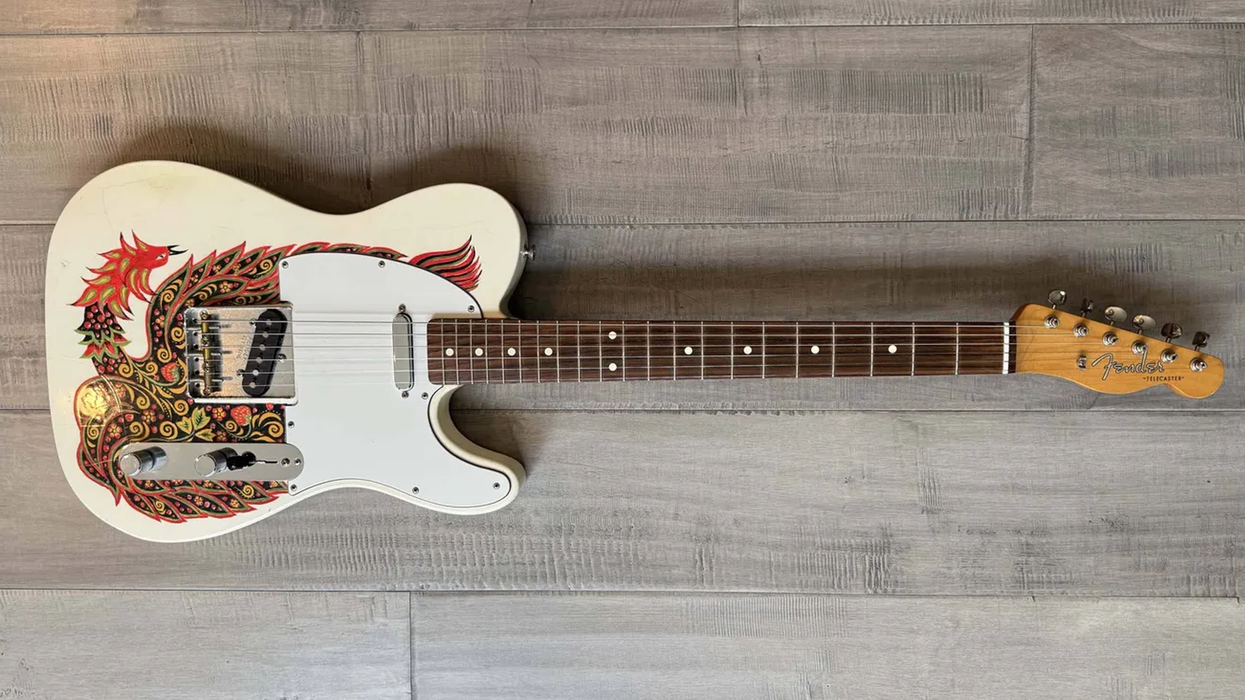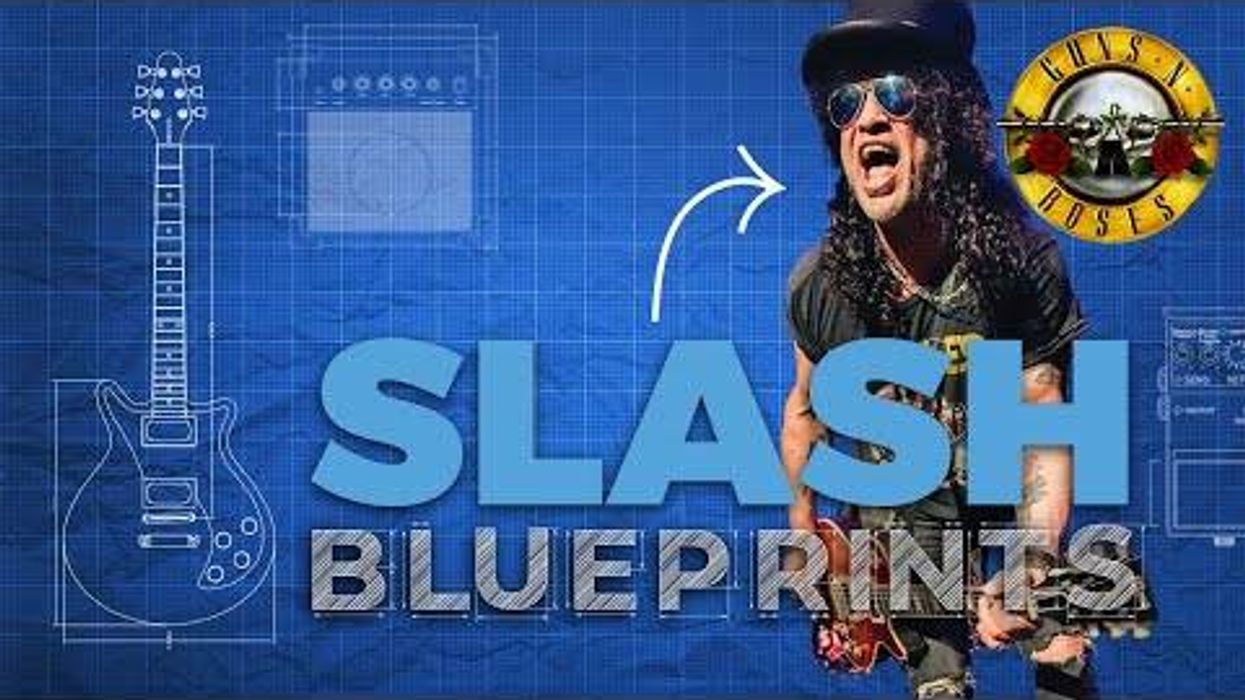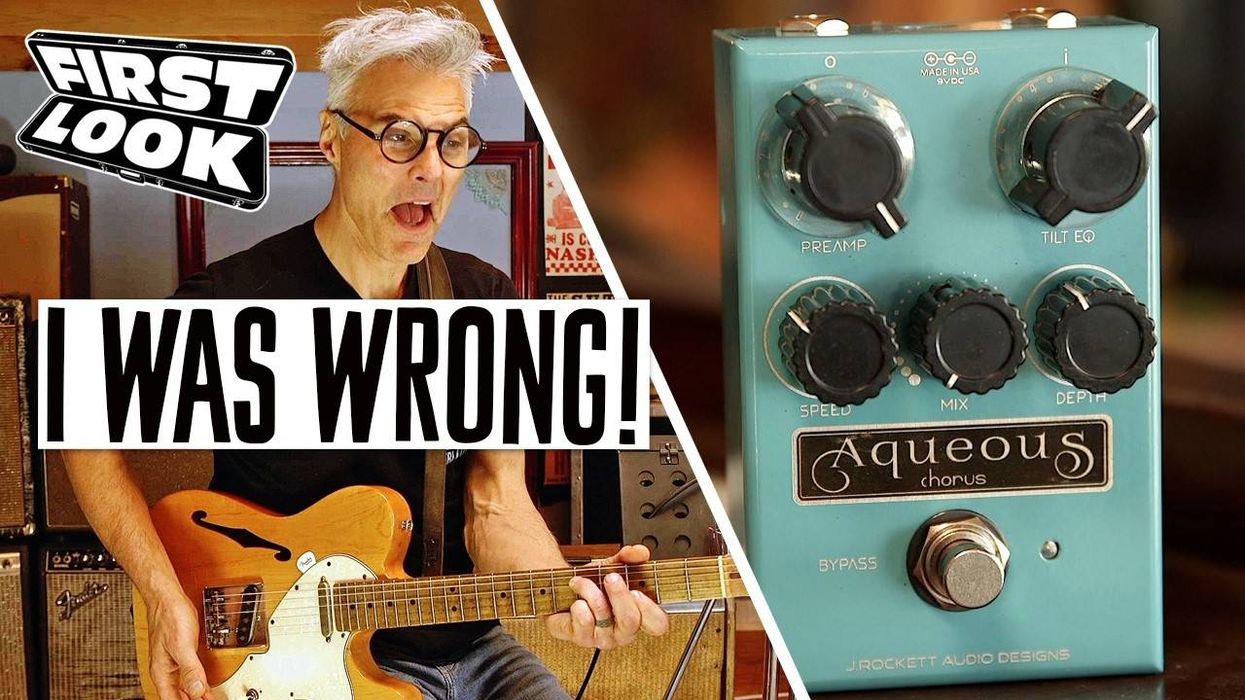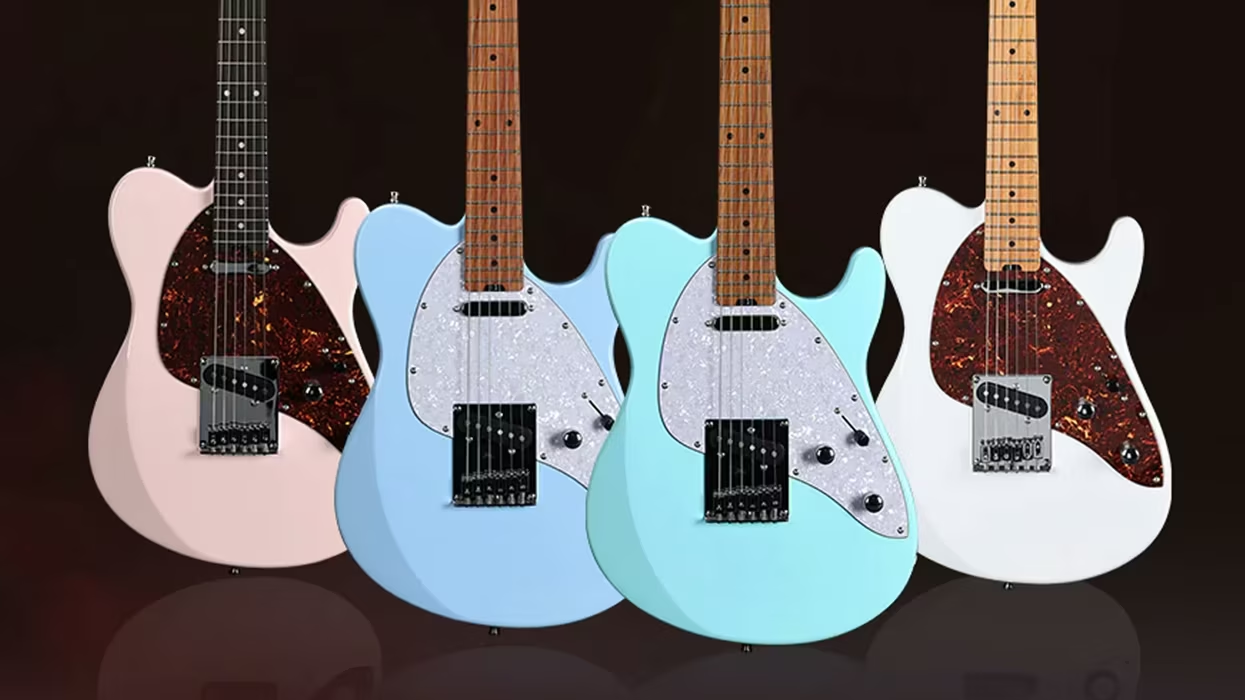RatingsPros:Beautiful, open high-gain tones. Responsive, rangeful controls. Small size. Cons: Klon traditionalists may lament trace elements of extra midrange. Street: $120 MXR Sugar Drive jimdunlop.com | Tones: Ease of Use: Build/Design: Value: |
Remember when thinking about Klon tones was a bit like dreaming of touching the surface of Venus? These days, "klones" exist in such abundance that nerds go frothily into online combat disputing the perceived micro-differences between them. And that begs a question: Has the time arrived that a good klone can just be a really nice overdrive, judged on its own merits? MXR’s Sugar Drive deserves that treatment. It’s an excellent klone (at least when judged next to my own favorite klone, which sounds about 96.2 percent as excellent as the real Klon I compared it to). But the Sugar Drive is a versatile, easy-to-use, adaptable, and yes, sweet- and natural-sounding overdrive by any standard. (Isn’t that why folks liked the original Klon in the first place?) Plus, it’s small and cheap. Get the idea? This is an overdrive you should consider, no matter what tone you think you might be chasing.
Mighty Mite Meets Blue Meanie
If you’ve used a Klon, a klone—heck, if you’ve used any overdrive before—there’s little need to explain the three knobs on the topside. But there are differences under the hood that are key to the Sugar Drive’s makeup. Just as on a Klon, the drive control affects multiple facets of the pedal’s output by boosting clean signal, mids, bass, and voltage as you increase gain. This results in high-gain tones that are airier, less compressed, more responsive to pick dynamics and guitar-volume attenuation, and more rooted in the essential voice of a given instrument. Some players refer to this quality as transparency. I tend to hear it as multicolored. The tone control (which is really a treble control) has copious range and moves readily from mellow to searing. The volume control, too, is blessed with a lot of range, which enables you to hear complex overdrive tones at wrecking ball volumes. I don’t often hear folks sing the praises of the wide-open distortion capabilities of klones, but Sugar Drive excels at generating these rich and filthy sounds.
Kick to the Midsection
Sugar Drive has a little more mid- and high-midrange kick than the most exacting klones. This can create the illusion that the MXR’s frequency response is narrow for a pedal of this type. For some Klon fans, the extra midrange will reduce the sense of transparency that is partly responsible for Klon’s mythic status. But when I played the Sugar Drive by itself, I didn’t mind the extra presence at all. The very small extra bit of midrange almost gives the Sugar Drive the feel of a Klon that took a little Tube Screamer pill to start the day—no bad thing in my book. And for a player like myself who prefers squishier vintage Fender amplifiers (I primarily use an old Bassman and a blackface Tremolux), the extra midrange lends welcome liveliness to the output. The issue of extra midrange really comes into play when you stack the Sugar Drive with other pedals. If you have a Big Muff on either side of the Sugar Drive, the result is a full-spectrum wallop. Using a more scathing Tone Bender-style circuit alongside Sugar Drive can be less flattering to both pedals. But again, it bears mentioning that we’re discussing very small increments in variation. In general, the Sugar Drive is friendly and accommodating to other distortions, fuzzes, and overdrives.
You can’t discuss a pedal like the Sugar Drive, it seems, without talking about its capacity as a clean boost. This isn’t really my favorite part of the klone experience. I like boosts to add a little touch of flavor. Nevertheless, the Sugar Drive handles this task with aplomb—especially because you can use the effective tone control to hype hot-but-cleanish tones in a cool way.
The Verdict
Though they’re a bit late to the party, I’m glad MXR took the time to get their Klon klone right. It doesn’t bend over backward to slavishly imitate every last little detail of the original Klon, and it is a cooler pedal for the flexibility in design mindset. The ever-so-slight bump in midrange will be welcome to many vintage Fender-style amp users (particularly those working on the tweed end of the spectrum). And the aspects of great, classic Klon design that remain intact, especially the oxygenated high-gain settings, make the pedal feel remarkably responsive and complex for the price. Factor in the convenience of the miniscule size, and you have a price/performance championship contender on your hands.









![Rig Rundown: Russian Circles’ Mike Sullivan [2025]](https://www.premierguitar.com/media-library/youtube.jpg?id=62303631&width=1245&height=700&quality=70&coordinates=0%2C0%2C0%2C0)

















